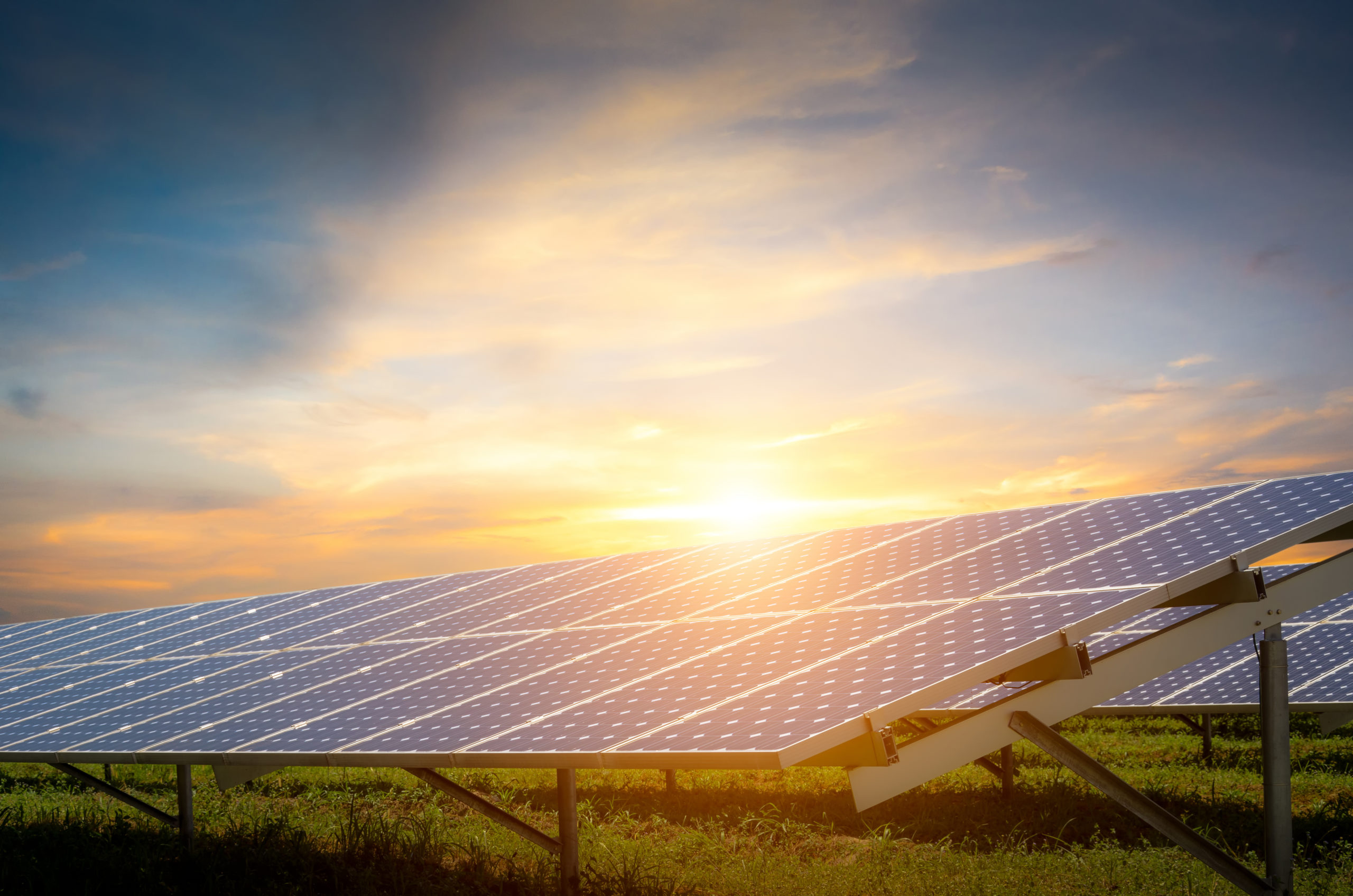Solar panels operate on a basic supply of sunlight. The daylight strikes the materials, and it’s converted into electrical power. It makes sense that the lack of light will diminish your electrical supplies. Explore how much sun is necessary for your solar needs. The science is forgiving on those cloudy days.
Understanding Peak Sun-Hours
Solar panels are most efficient when they encounter peak sun-hours. In layman’s terms, a peak sun-hour refers to the light’s intensity that’s above 1,000 watts in a square meter. Ideally, you want between 3 to 5 hours of peak sun-hours each day to generate enough electricity for a household.
Your home may have daylight for 7 hours or longer, however. The non-peak sun-hours will still stimulate the panels to create energy. They simply won’t make as much as the peak times.
Picking out a Location
Regardless of the number of panels at your property, a good location is essential. Most professionals agree that a south- or west-facing location is best. Properties that are closer to the Equator are also better suited for solar-power success. There’s a higher intensity of light in these areas in comparison to other locations.
Install the panels on rooftops or posts installed in a backyard space. There’s no need to move them once they’ve been angled just right with the rising and setting sun.
Supplementing With Traditional Electrical Supplies
Many households work with partial solar power throughout the year so that interruptions are minimal. They may not have a lot of peak sun-hours or deal with nearby obstacles, such as tall buildings. If you receive partial sunlight each day, harness it with a small array of panels. Position them where the light strikes for the longest duration. Use this solar energy during midday, and rely on electricity from the main grid otherwise.
Clearing Away the Obstacles
Your solar panels should never be shaded. Trees, buildings and other tall objects that cast any shadow onto the panels will hinder their operations. Being shaded for even an hour will reduce the available peak sun-hours.
Keep up with tree pruning and be aware of any obstacles that might arise over time, such as an addition to the home or neighbor’s property. The panels have plenty of light to work with when obstacles aren’t an issue.
Feeling Confident on Cloudy Days
If you live in an area that’s prone to overcast days, you’re still in luck with a solar-panel installation. Daylight filters through the clouds on these days. Energy will still be available for electricity generation. The panels won’t be working at their peak rates, however. You may need to supplement the power with the main grid’s supplies.
Some systems are able to store energy in batteries from those sunnier days. Consider this accessory so that truly overcast days can still be filled with electrical energy.
Work closely with a solar installer as you decide on a permanent array. Solar power will continue to be one of the best sustainable energies for your household or business. It simply requires an initial investment on your part.







